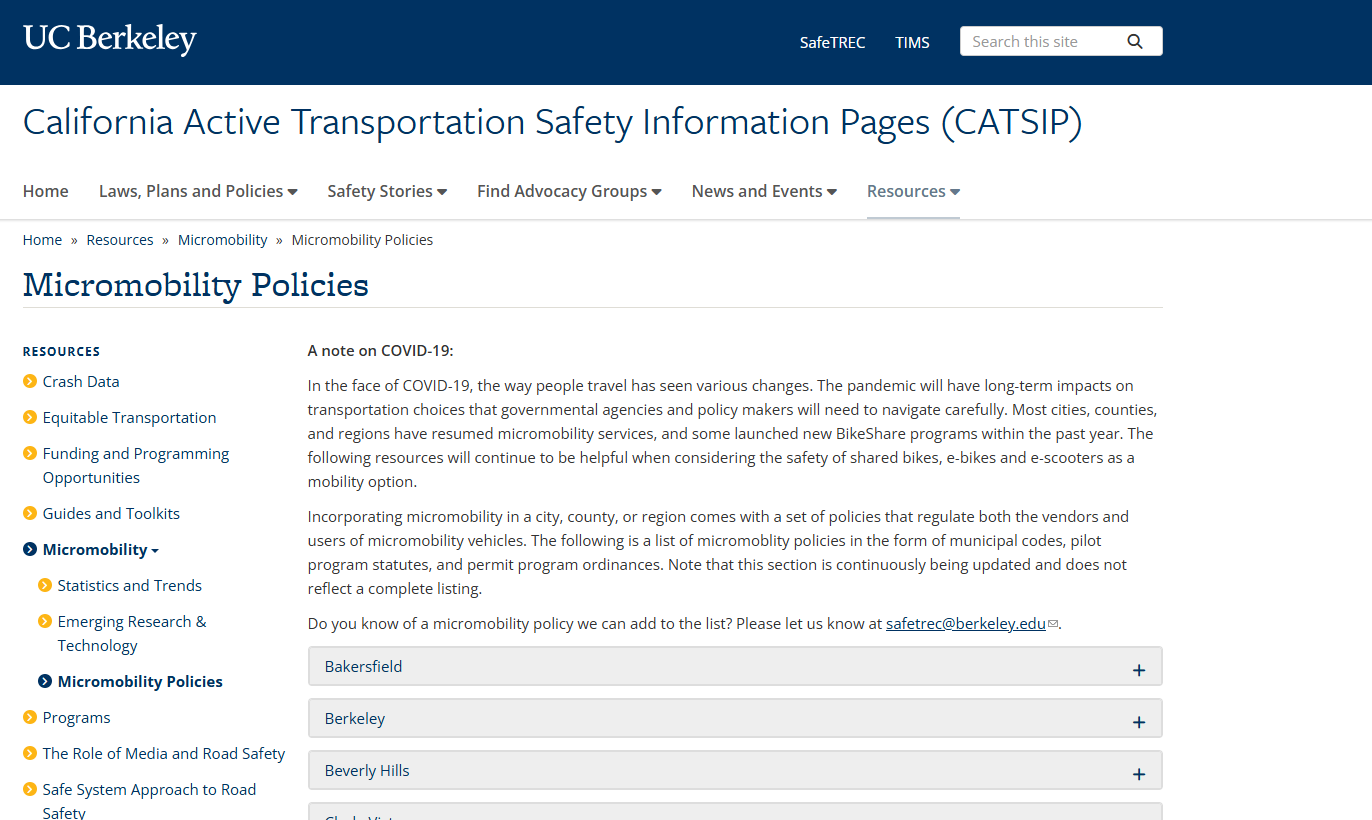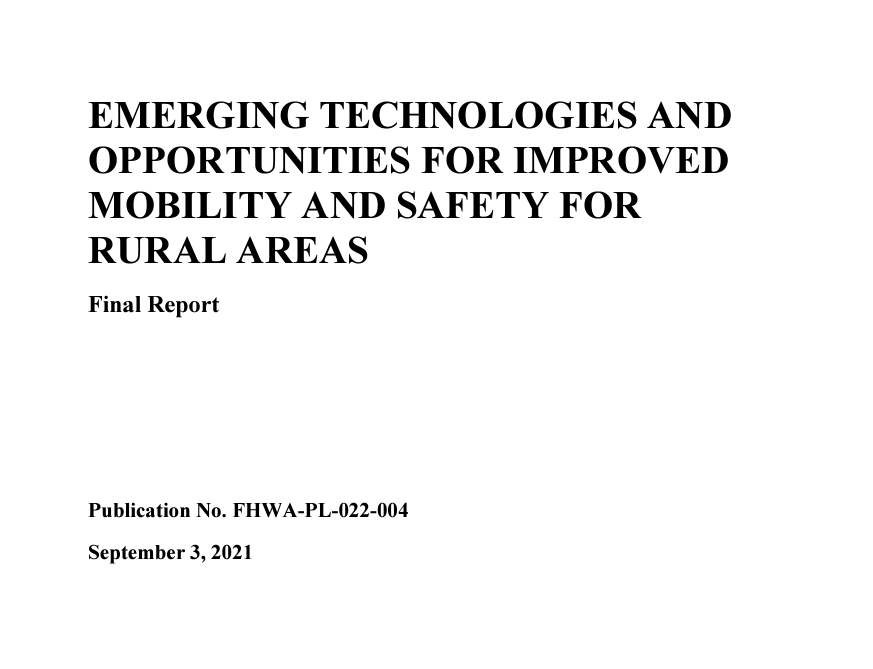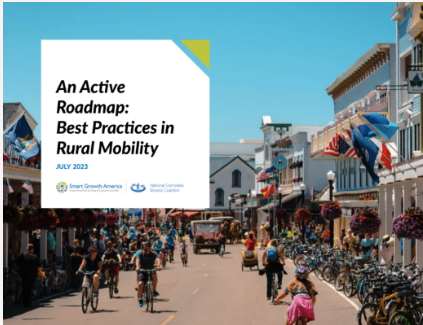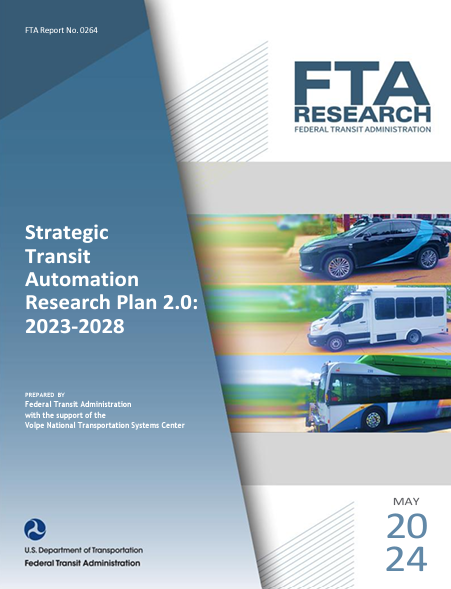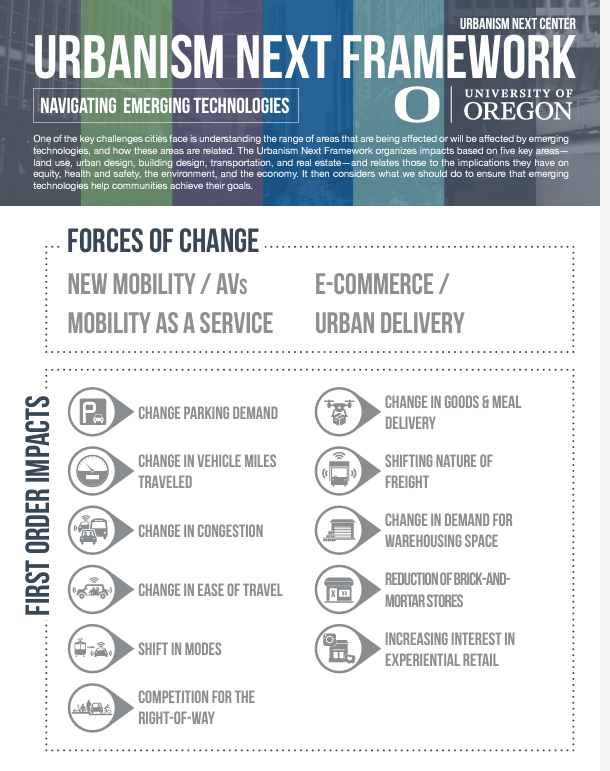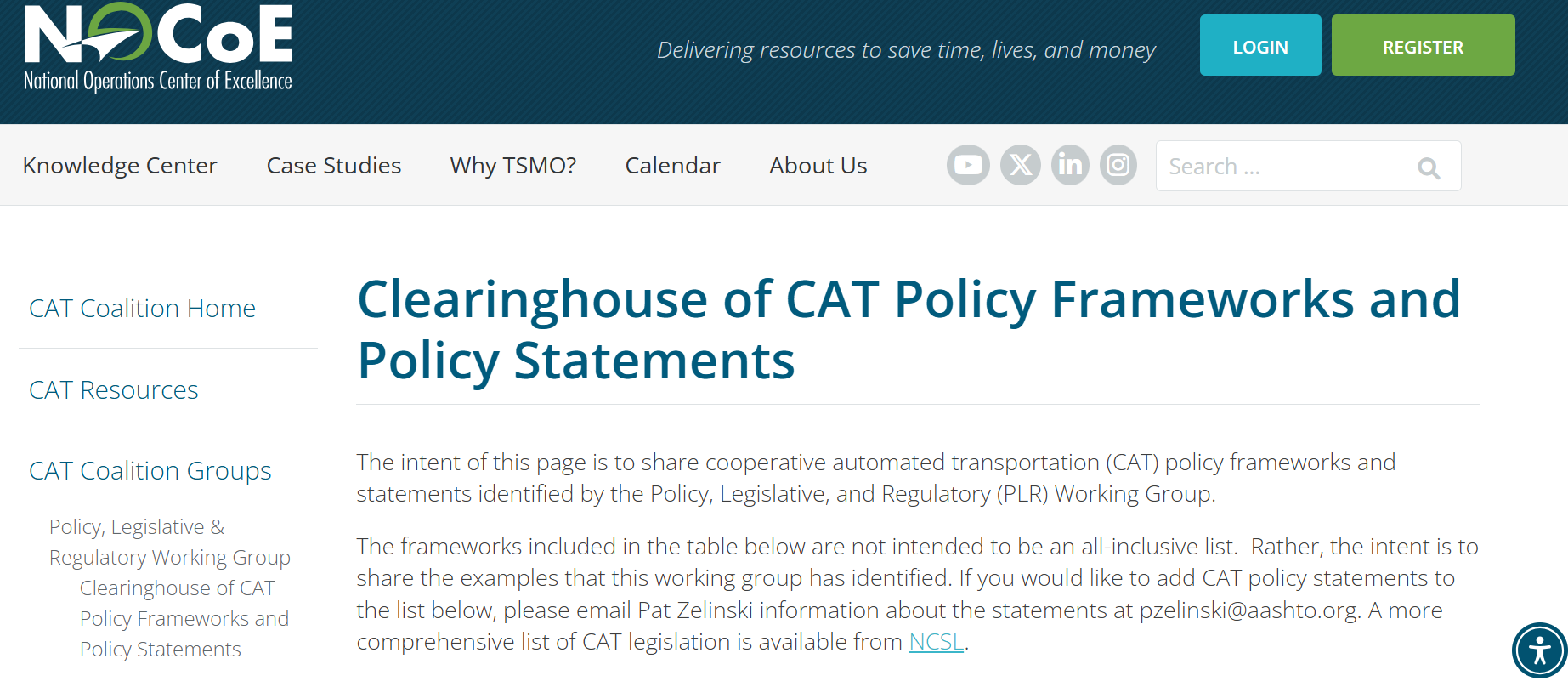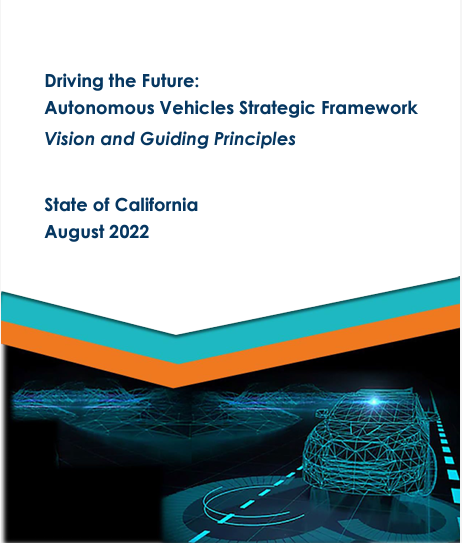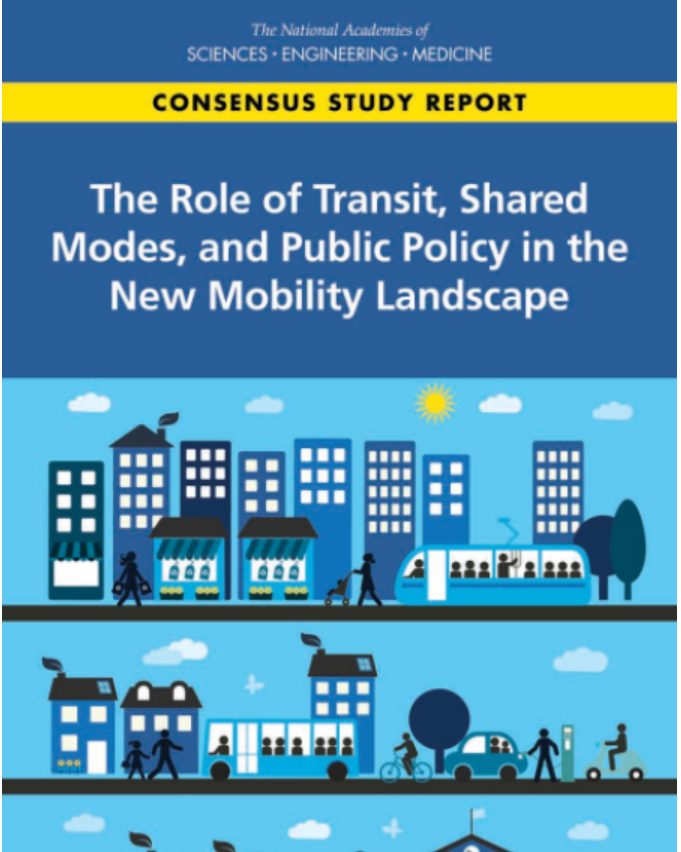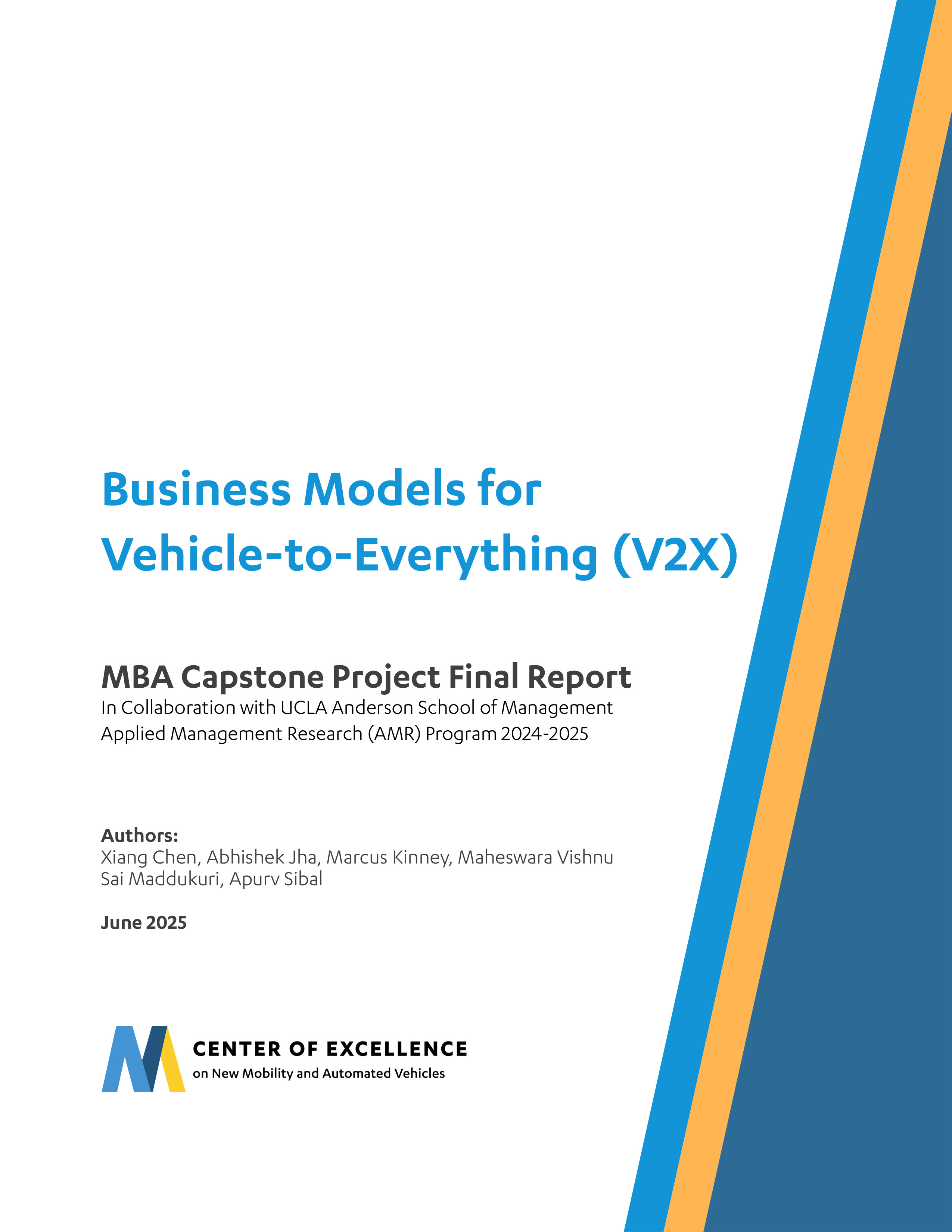Pathway Design and Outreach
This policy and engagement-focused thrust aims to ensure that the COE research teams are aware of policy and pathway developments and that the work of the COE informs decisions and actions made by COE stakeholders.
Key areas of research include:
- Systematic Stakeholder Engagement: Facilitating collaboration with stakeholders both within the US and internationally to ensure broad-based input and support.
- Policy/Context Case Studies: Understanding and evaluating policy and technical frameworks that support new mobility solutions, providing practical examples and lessons learned through placed-based case studies and roundtables.
- Clearinghouses: Establishing repositories of knowledge, data, and best practices to serve as resources for stakeholders and researchers.
- Events: Organizing webinars, podcasts, workshops, and symposiums to disseminate the COE’s research findings and promote the exchange of ideas and best practices within the mobility community.
Related Resources and Links
Publications
Projects
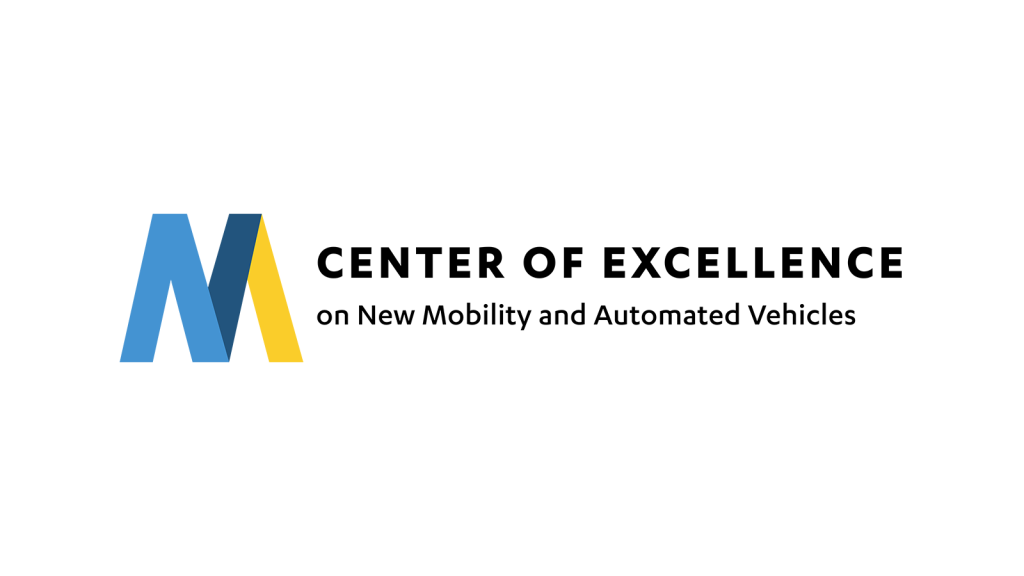
Pathway Design and Outreach |
Public agencies and state and local governments often impose various regulations on shared mobility services. These regulations vary widely by place and mode, and the costs and benefits of these regulations are poorly understood. This project aims to categorize shared mobility regulations, identify their intents and impacts, and to better understand the balance of regulations.
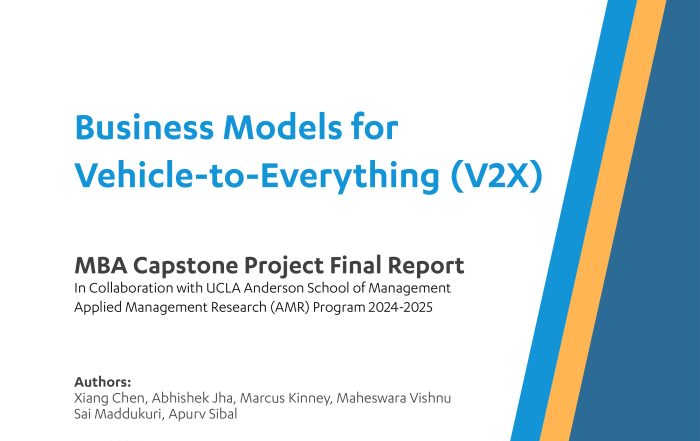
Pathway Design and Outreach | 2025
Vehicle-to-everything (V2X) technology holds immense promise for boosting transport efficiency and safety, yet adoption remains stalled by steep infrastructure costs, fragmented standards, and misaligned OEM incentives. To overcome these barriers, the Mobility Center of Excellence teamed up with the UCLA Anderson School of Business AMR (Applied Management Research) program—engaging MBA students as part of their capstone projects—to explore holistic, sustainable business models that align industry profitability with broad societal benefits. The resulting Business Models for V2X project culminates in a published report and video presentation, offering clear, actionable roadmap alternatives for driving widespread V2X deployment.
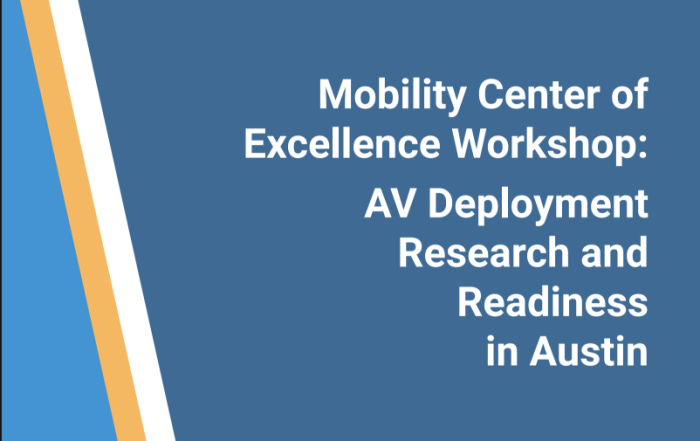
Pathway Design and Outreach | 2025
The successful deployment of Autonomous Vehicles (AVs) and new mobility solutions in cities like Los Angeles and Austin faces challenges due to the interplay of rapid technological change, diverse stakeholder interests, and unique local contexts. Without coordinated planning and collaboration, these efforts risk: – Fragmented deployments leading to inefficient operations, incompatible technologies, and missed opportunities to maximize benefits. – Safety and regulatory gaps where first responders, policymakers, and the public lack clear standards, certification processes, and communication protocols. – Infrastructure misalignments as AVs struggle with temporary traffic controls, construction zones, and emergency scenarios. – Limited data sharing and digital infrastructure that hinder collaboration, transparency, and interoperability across city and industry systems. – Broader urban impacts such as unforeseen consequences for land use, congestion, accessibility, public transit investment, and community acceptance. This project addresses these issues by bringing together government agencies, industry leaders, and researchers to establish shared standards, advance digital infrastructure, and develop collaborative strategies for safe, inclusive, and context-sensitive AV deployment.

